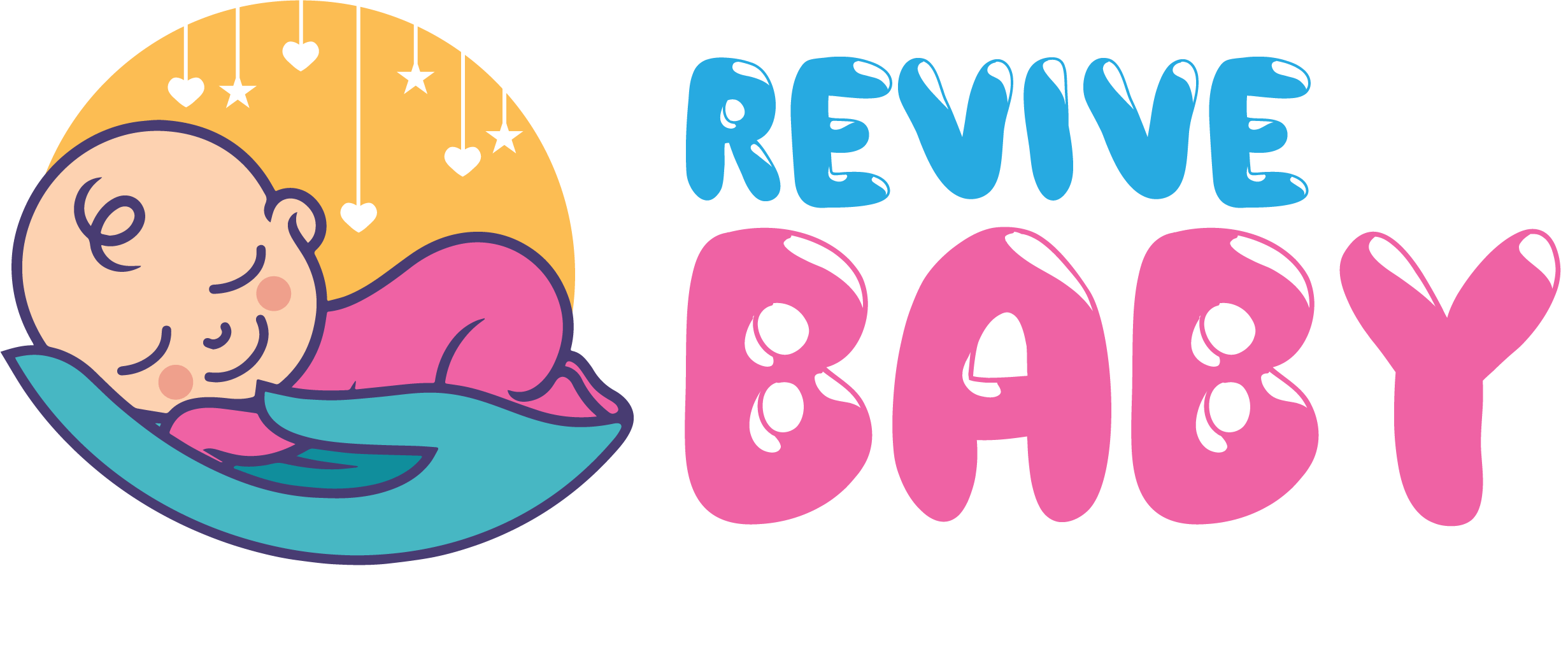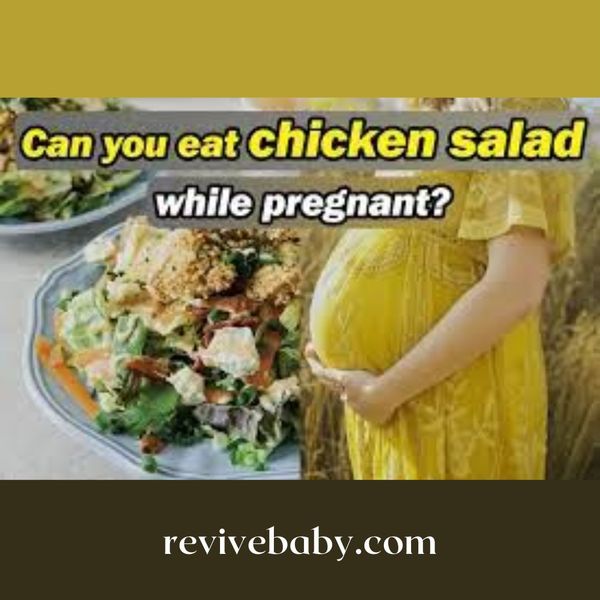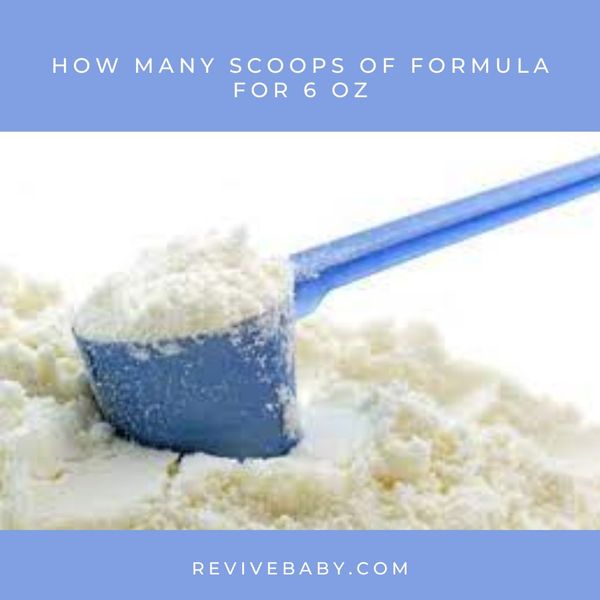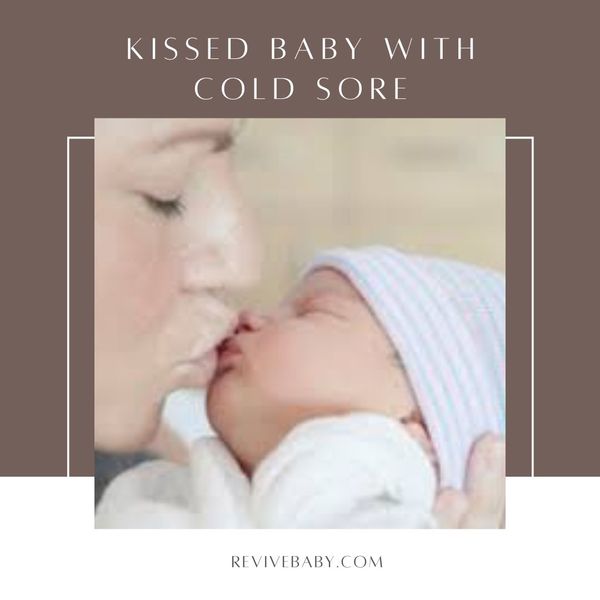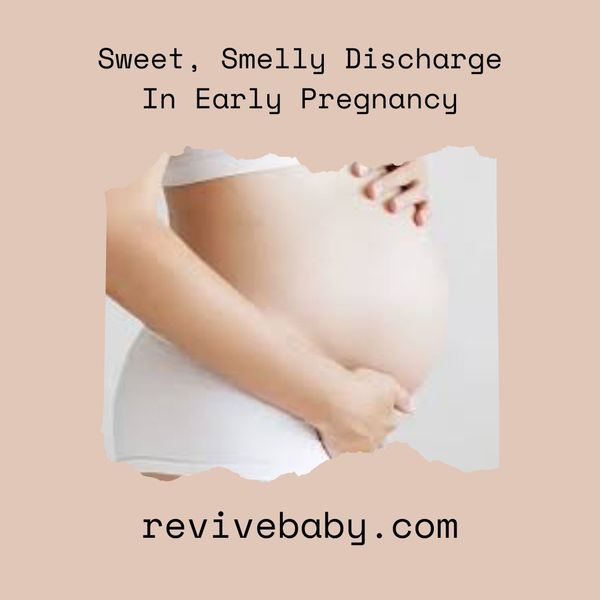In pregnancy, you do not experience vaginal bleeding for months together. But in some rare cases, vaginal bleeding occurs during pregnancy.
One such type of bleeding during the first trimester of pregnancy is called subchorionic hemorrhage.

Treatment of Subchorionic Hemorrhage
Some possible treatments for subchorionic hematomas are:
- Reduction in activities like exercise and lifting heavy objects.
- Complete bed rest.
- Avoiding sex.
- Follow-up ultrasounds to assess the size of the hematoma.
- Monitoring of symptoms that suggest early labor, like contractions and cramping.
- Medications to prevent miscarriage (progesterone, dydrogesterone)
- Hospitalization.
Food Remedies To Heal Subchorionic Hemorrhage
Subchorionic hemorrhage, or subchorionic hematoma, is a condition where bleeding occurs between the uterine wall and the chorion, the outermost fetal membrane. There is no specific food that can directly heal the subchorionic hemorrhage. However, maintaining a healthy diet can help support your overall health and aid in the healing process. Here are some dietary tips that may be helpful:
Iron-rich foods
Subchorionic hemorrhage can lead to anemia due to blood loss. Iron-rich foods such as lean red meat, poultry, fish, lentils, beans, and fortified cereals can help increase your iron levels.
Vitamin C-rich foods
Vitamin C is vital in wound healing and tissue repair. Include plenty of vitamin C-rich foods, such as citrus fruits, strawberries, kiwi, guava, broccoli, and red peppers.
Vitamin K-rich foods
Vitamin K is essential for blood clotting and can help stop bleeding. Some good sources of vitamin K include leafy greens, Brussels sprouts, broccoli, and asparagus.
Hydration
Staying hydrated is important when you have a subchorionic hemorrhage. Drink plenty of water and other fluids, such as coconut water and electrolyte-rich drinks.
Avoiding certain foods: Avoiding certain foods such as caffeine, alcohol, and spicy foods can help reduce the risk of further bleeding and discomfort.
Dairy Products
Dairy products are a great protein, fat, calcium, and zinc source. And they are highly essential if you are facing subchorionic hemorrhage.
- All hard cheeses such as cheddar, Parmesan, and Gruyere
- Pasteurized milk and yogurt.
- Pasteurized Soft and semi-hard cheese like Mozzarella, Ricotta, Feta, Panneer, Cottage Cheese, Goat Cheese (Without white coating outside, and Cream Cheese.
- Any cooked cheese.

Eggs
Eggs contain proteins essential for the excellent formation of chorionic membranes. The proteins can also help heal minor traumas to the placental membranes. You can also eat runny or raw eggs as long as they are Pasteurized.
Food made with these eggs is also safe. This includes:
- Mayonnaise
- Mousse
- Salad dressing
- Ice cream
You can eat Duck, Quail, or Goose eggs as long as they are thoroughly cooked.

Healthy Drinks
If you suffer from subchorionic hemorrhage, adding healthy drinks to your diet, including water, tea, coffee, and smoothies, is essential. Drink 1.2 to 1.8 liters of fluids daily, especially during the first trimester.
You can include
- Water
- Decaffeinated coffee and tea
- Smoothies
- Fruit juices (not more than 150 ml per day)
Also, you can add some herbal drinks, such as green tea, to your diet. But avoid drinking more than 4 cups during the first trimester of pregnancy.

Fruits and Vegetables
Pregnancy is when you consume a lot of vitamins and minerals to fulfill your nutritional deficiencies. Fruits and vegetables are significant when discussing foods for subchorionic hemorrhage.
Citrus fruits and green vegetables help heal subchorionic hemorrhage and other pregnancy-related complications.
- broccoli
- kale
- spinach
- lemons
- Peaches

Sprouts and Seeds
Sprouts and seeds play a vital role in healing the subchorionic hemorrhage. The reason is that they contain a lot of Alpha Linoleic Acid.
This acid works wonders to help shrink the subarachnoid hematoma. You will find the acid in plenty in
- sprouts
- flaxseeds
- chia seeds
- canola oil.

Food to Avoid During Subchorionic Hemorrhage
There is also a catch. Not all foods are good for you. Some foods that you should avoid during subchorionic hemorrhage are:
Dairy
- Mold-ripened soft cheese with a white outer coating like Brie, Camembert, and Chevre.
- Unpasteurized milk and yogurt.
- Any unpasteurized Cow's, Goat's, or sheep's milk or cream
- Blue cheese like Gorgonzola, Danish Blue, and Roquefort.
Fishes
Do not eat swordfish, marlin, shark, or raw shellfish.
Do not eat smoked fish products, including smoked salmon and smoked trout, unless thoroughly cooked, as they can present a risk of listeria. This includes sushi. Avoid eating more than two portions of oily fish a week. Oily fish includes mackerel, sardines, and trout.

Sprouts and Seeds
These need to be cooked well until they are hot throughout to make sure they do not make you ill.
Unwashed Fruits And Vegetables
Be careful with fruits, vegetables, and salads as they can have soil on them, which can make you unwell. Make sure to wash fruits, vegetables, and salad ingredients thoroughly.
Drinks
Stay away from alcoholic beverages, vines, and other unhealthy drinks for your baby's safety.

Causes of Subchorionic Hemorrhage
Some of the causes of subchorionic hemorrhage are as follows:
- Recurrent Miscarriages.
- Ectopic pregnancy.
- Implantation bleeding.
- Bleeding after sex while pregnant.
- Infection.
- Placenta conditions like placenta previa or placental abruption.
- Malformation of the uterus
- Pre-eclampsia
- Hypertension
- IVF treatment
- Extreme Trauma in the abdomen
- Uterus scarring during D&C
- Expecting mothers of older age
- Pelvic infections
Signs, Symptoms, And Diagnosis of Subchorionic Hemorrhage
The most common symptom is vaginal bleeding. But some people don't have symptoms. Most subchorionic hemorrhages go away on their own without causing pregnancy complications. Some of the possible signs and symptoms are:
- Excess vaginal bleeding.
- Miscarriage.
- Preterm delivery.
- Placental abruption.
- discomfort and tenderness
- pain in the belly or back
- cramping or contractions

Diagnosis
Spotting or bleeding may be a sign, often beginning in the first trimester. But many subchorionic bleeds are detected during a routine ultrasound without there being any noticeable signs or symptoms.
Conclusion
Subchorionic hemorrhage is not dangerous and gets cured on its own through proper rest.
Most subchorionic hemorrhage results in a healthy pregnancy. But it is always best to consult a doctor in case of bleeding.
Sometimes the bleeding can be due to other serious conditions during pregnancy.
Explain all your symptoms to the doctor. Timely consultation with the doctor prevents further complications and helps save the pregnancy.
